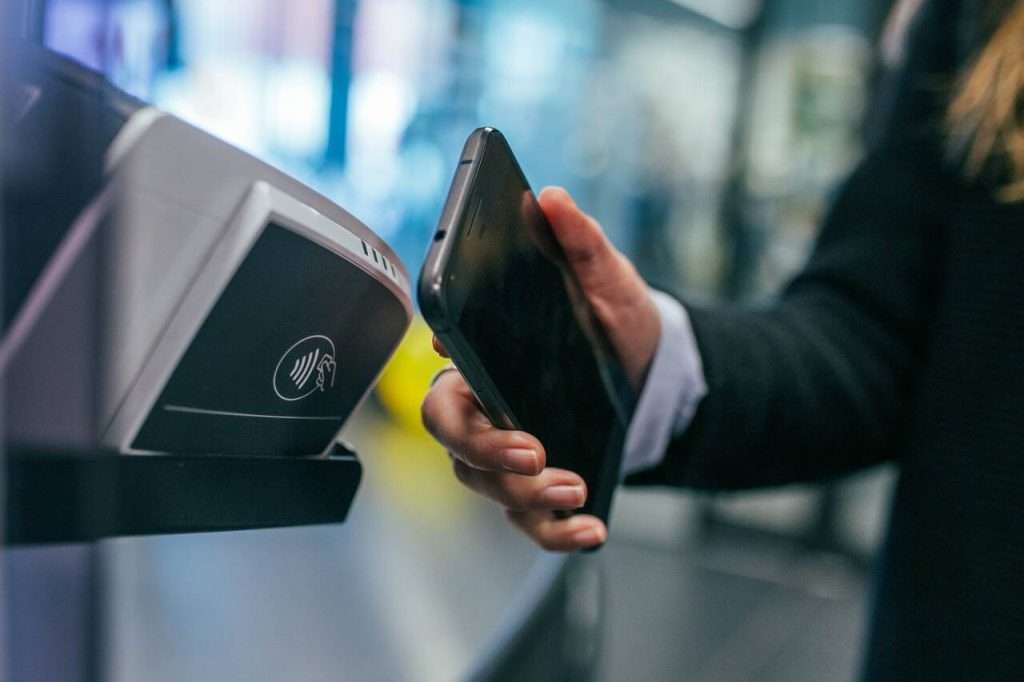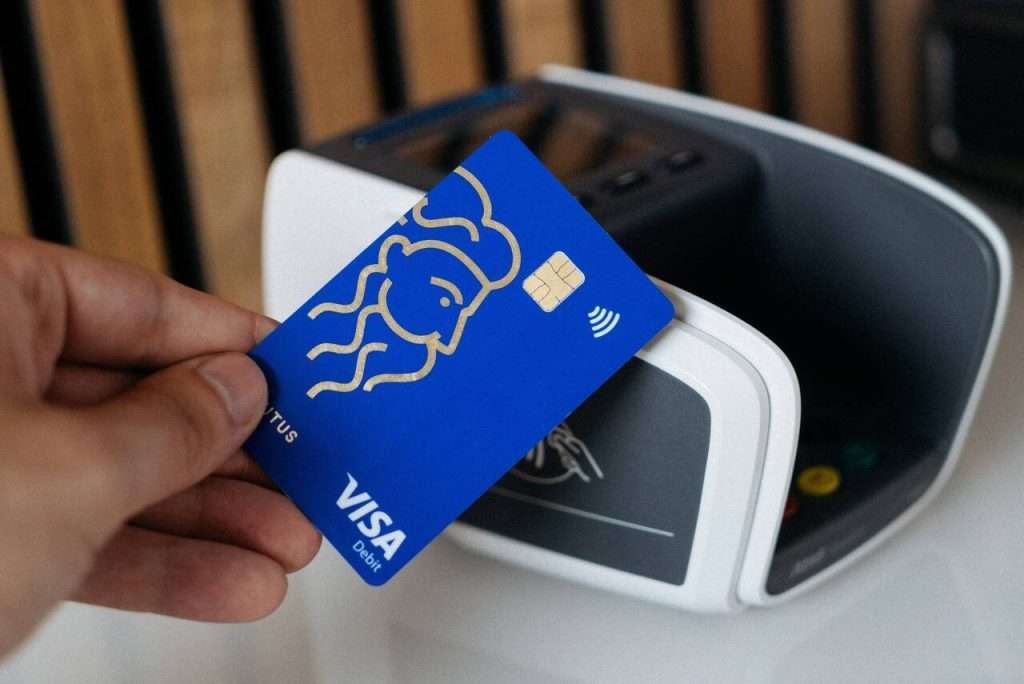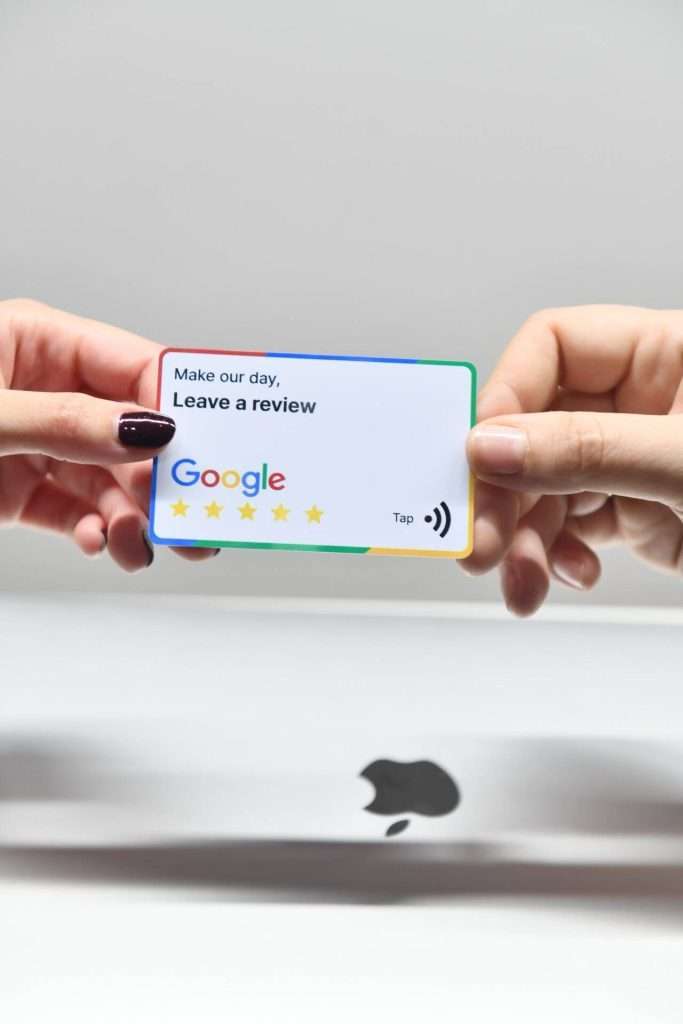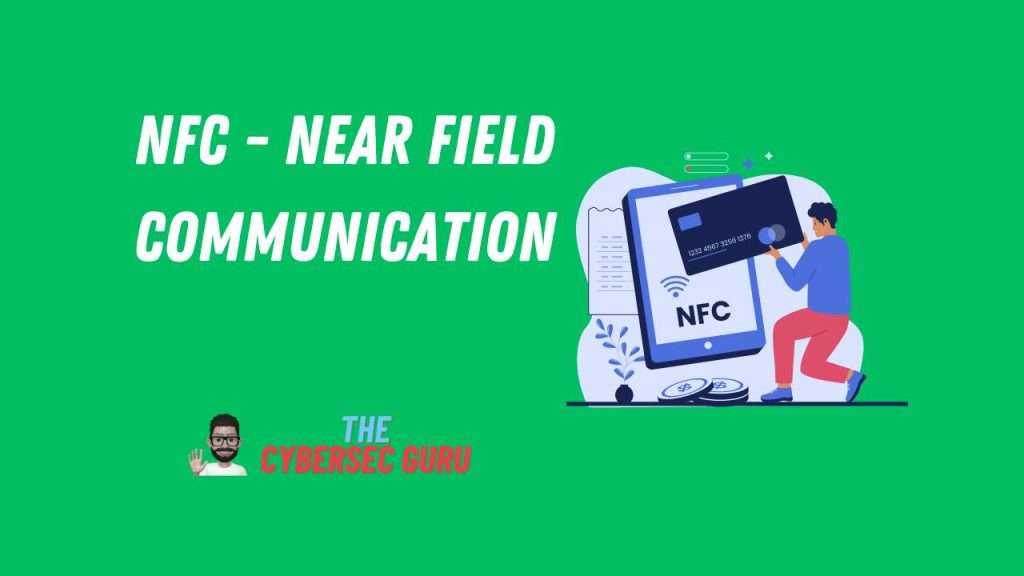Near Field Communication (NFC) has emerged as a transformative wireless technology, reshaping the landscape of how devices communicate and interact in close proximity. Since its inception by the NFC Forum in 2004, NFC has evolved into a versatile tool with applications spanning numerous industries. In this comprehensive exploration, we will delve into the intricacies of NFC, exploring its technological foundations, operational modes, and an extensive examination of its diverse applications.

Unveiling the Essence of NFC
A new type of wireless technology is changing the way that devices interact with one another in close proximity. NFC has developed into this transformative technology. NFC, created by the NFC Forum in 2004, has grown into a flexible and multifunctional tool geared for various industries. The article will try to answer these and more questions by presenting a detailed exploration of NFC, its technological foundation, and operational modes along with a comprehensive discussion of its many applications.
NFC in Comparison: Unique Advantages
Of course, Wi-Fi and Bluetooth are today everywhere, but, NFC differentiates itself with some unique attributes. While Wi-Fi and Bluetooth can get you across larger distances at high speeds, NFC offers short range point-to-point (a few centimeters, really) communication. NFC is well suited for safe short-range communication with quick setup times like automatic connection.
Deciphering the Mechanism: How NFC Works
NFC is based on RFID (Radio-Frequency Identification) technology, operating with the same 13.56 MHz frequency. NFC supports a number of use cases with a varying range of data transfer rates from 106 kbit/s to 424 kbit/s which means different interactions are possible, from a simple data exchange to more complex ones. The Active and Passive models make it easily adaptable with a facility for bi-directional communication between active devices or between active to passive device on the network.

Modes of NFC Operation: Unraveling the Complexity
NFC encompasses three primary modes of operation, each catering to distinct functionalities:
- Peer-to-peer Mode: Facilitating communication and data exchange between two NFC-enabled devices, the peer-to-peer mode allows either device to initiate or respond, offering flexibility in functionality.
- Reader/Writer Mode: Compliant with ISO/IEC 14443 and FeliCa standards, the reader/writer mode enables devices to read NFC tags embedded in objects or smart posters, enhancing user interaction and information retrieval.
- Card Emulation Mode: This mode enables a device to emulate NFC cards, allowing for seamless integration into systems that rely on traditional contactless cards, such as ticketing and access control solutions.
Understanding the nuances of these modes empowers developers and businesses to leverage NFC’s capabilities effectively.
Delving Deeper: NFC Tags and Their Role
NFC tags are a fundamental component NFC technology with bearing individual capacity of storage and related to the formats establishing the way that we implement NFC and visible capacity diminishing NFC Tags Each NFC tag type is classified under different categories such as Type 1, Type 2, Type 3, and Type 4 and has various features and capabilities than others. With the range of NFC tags you could have with cheap Type 1 tags up to high capacity Type 3 tags found in specialized applications, they can be used in a wide range of applications.
Type 1 NFC Tags
The Type 1 NFC tags are some of the easiest to write and are the cheapest NFC tags available These types of tags tend to be 96 bytes and extend up to 2K bytes based on various configurations. Type 1 tags are therefore a good solution for a lot of NFC applications, but the relatively low memory capacity may limit them in use-cases that have to deal with lots of data.
Type 2 NFC Tags
Type 2 NFC tags: Type 2 tags have higher transfer speeds and add slug memory to their predecessors. Type 2 tags are compliant with ISO/IEC 14443A standards, and include an anti-collision mechanism, 96-byte memory (expandable to 2K bytes). These are commonly used for applications where data exchange has to happen fast and all existing NFC infrastructure to be compatible.
Type 3 NFC Tags
Type 3 NFC tags represent a more advanced category of NFC tags, offering increased memory capacity and additional features. Based on the JIS X 6319-4 standard, prevalent in Japan, Type 3 tags boast a memory capacity of up to 1 M byte, making them suitable for specialized applications such as healthcare devices and membership cards. While Type 3 tags offer enhanced capabilities, their higher cost may limit their adoption in mass-market applications.
Type 4 NFC Tags
Type 4 NFC tags represent the pinnacle of NFC tag technology, offering robust performance and extensive features. Similar to Type 1 tags, Type 4 tags are compliant with ISO/IEC 14443A and ISO/IEC 14443B standards, featuring anti-collision support and a maximum memory capacity of 32k bytes. These tags are ideal for applications requiring high data storage capacity and advanced security features, such as secure access control systems and payment solutions.

Exploring the Vast Terrain of NFC Applications
NFC’s versatility transcends boundaries, finding applications across diverse industries and domains. Here are some illustrative examples:
- Ticketing and Access Control: NFC revolutionizes event management and access control systems, offering seamless entry experiences and enhanced security measures.
- Mobile Payments and Transactions: With NFC-enabled smartphones replacing traditional payment cards, mobile payment solutions have witnessed widespread adoption, offering users convenience and security.
- Information Sharing and Data Transfer: NFC facilitates effortless sharing of files, contacts, and multimedia content between NFC-compatible devices, eliminating the need for complex pairing procedures.
- Smart Retail and Marketing: NFC-enabled smart posters and tags enhance retail experiences, enabling interactive marketing campaigns and facilitating product information retrieval.
- Healthcare and Medical Applications: In the healthcare sector, NFC facilitates patient identification, medication tracking, and access control, streamlining processes and enhancing patient safety.
Looking Ahead: The Future of NFC
NFC will continue to play a significant role in the evolution of wireless communication as technology develops. As the IoT continues to evolve and more devices are interconnected, NFC is positioned perfectly to facilitate seamless transactions between the real and digital world. NFC is the cornerstone technology that is making a Smart Home or a smart wear device quickly come closer to you; its versatility and the reliability take the concept of the connected future from an academic discourse to a tangible experience.
Conclusion: Embracing the Potential of NFC
Near Field Communication has proven to be a game changer when it comes to wireless communication in terms of the convenience, safety, and adaptability. NFC has historically sat at the forefront of the connected world, and as businesses and consumers slowly start to embrace the era of connected experiences, NFC is in the driver seat, pushing the boundaries of what’s possible.
A good understanding of the technical principles, the way it works and also the multiple applications of NFC would release its great potential and make it a reality of a connected intelligence future.
NFC is also special in that it is a relatively untapped form of wireless communication that represents endless possibilities for businesses, developers, and consumers. NFC is positioned to define the future of connectivity, just as it has for some time now, and the only thing limiting it is how intricate and creative we are willing to get in how we leverage it for new experiences.







